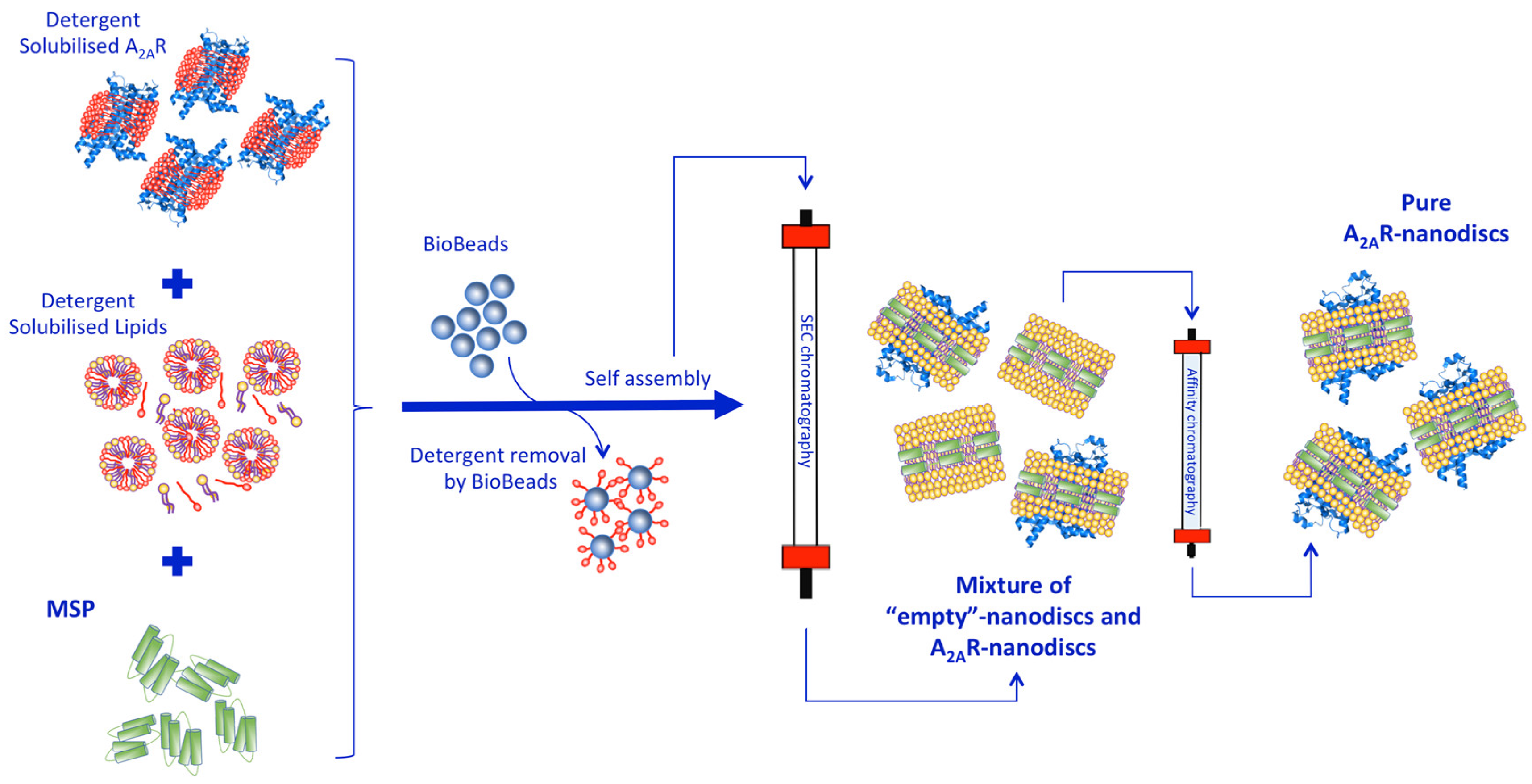

Where D is expressed in m 2.s −1, k is the Boltzmann constant (in J.K −1), T is the medium temperature (in Kelvin), η is the medium viscosity (in J.s.m −3), and d is the diameter of the particle (in m).įluctuations of the scattered laser light intensity can be correlated with a DLS device with an exponential-like correlogram, whose decay rate can be related to the diffusion coefficient and the scattering angle at intervals of the collected beam direction and the incident laser beam direction. This is by virtue of the Stokes-Einstein equation: To obtain accurate information with regards to the NP size, Dynamic Light Scattering (DLS) is a method based on the measurement of the scattered light fluctuations through colloidal suspension 3.īy way of an analysis of the Brownian motion of the particles, it is possible to acquire the NP diffusion coefficient (D) and, subsequently, the hydrodynamic diameter (d) of the NPs. An exciton (electron/hole pair) is formed with the UV excitation and, during its recombination, produces light in the visible range. Scheme of the fluorescence process in quantum dots. Therefore, because of these properties, QDs make up a very interesting field of research, which can lead to a wide range of applications such as biomedical imagery, screen development, or even photovoltaic material.įigure 1. Indeed, a specific wavelength will be generated by each class of size.įor an emission in the visible range of light, conventional Cd-based QDs tend to have a size range between 5 and 25 nm. The wavelength of the QD emission (i.e., the color of the light produced), will be associated with the size polydispersity in the suspension. This makes it possible to tune the emission by altering the QD size toward a particular wavelength. Principally, quantum dots display fluorescence in the visible range of light when excited with UV (Figures 1 and 2).Īs the gap between the conduction and the valence bands depends on NP size, the wavelength of the light emitted is linked precisely to the size of the nanoparticle. The result is a discretization of the energy levels as well as in the material’s luminescent traits. 1 Context 1.1 Quantum Dots (QDs)Īssembled from semiconductor materials (typically, transition metal selenides, sulfide, or tellurides such as CdSe, CdS, ZnS, CdTe), quantum dots (QDs) are nanocrystals that induce unique optical properties according to size 1, 2.Īt the nanoscale, quantum confinement is apparent in these particles. This study argues that extending the range of DLS is possible and has uses for fluorescent particles with distinct absorbance in the visible range, making it an encouraging characterization method for a fluorophore-based system, especially in the biomedical field. The analysis of a green-emitting QD suspension shows that such a set-up can also be used for more classical DLS size measurements, even where the NP size is quite small (≃9 nm) compared to the NIR wavelength. This enables accurate size determination of red-emitting QDs, even when their absorption band goes up to 650 nm. The measurement that takes place within the suspension vial to limit the toxic QD handling can be achieved by inserting a (NIR) 780-nanometers laser in the DLS apparatus.

Therefore, this study presents a DLS set-up developed specifically for Cd-based QD size measurement as a way of bypassing such difficulties. However, the QDs absorption properties can be difficult to measure for the range of typical DLS lasers.

One technique that presents itself as well-suited to such characterization is Dynamic Light Scattering (DLS), as it is a process that enables a representative size measurement of small nanoparticles (NPs) in suspensions. Fields in which optical properties rely heavily on QD size (usually, ≤30 nm), a good grasp of characterizing their acute dimensions is key. Some of the potential diverse and varied applications range from audiovisual and biomedical imaging to photovoltaic development. * actually at Organic Polymers Chemistry Laboratory (LCPO), CNRS-University of Bordeaux, 33600 Pessac, FranceĮxtensive analysis into fluorescent semiconductor nanoparticles, or quantum dots (QDs) as they are commonly known, is consistently expanding into a significant field of research. Sponsored by Cordouan Technologies Mar 9 2020įlorian Aubrit*, David Jacob, Sylvain Boj


 0 kommentar(er)
0 kommentar(er)
